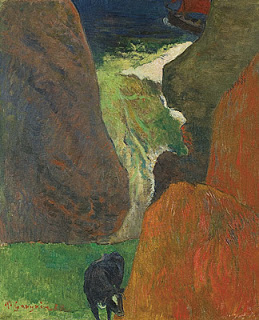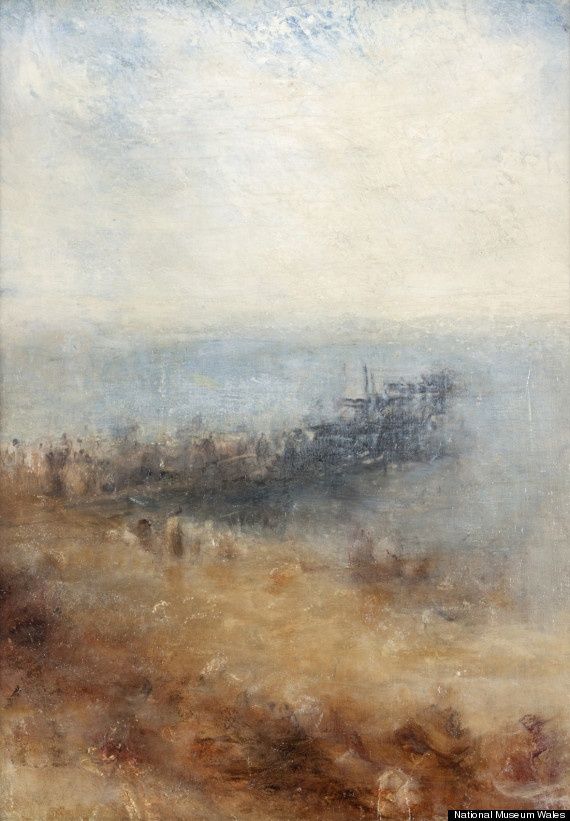Recently, I seem to have been seeing more and more allusions to artists who make or have made considered efforts to make art that in some way fights back against the all-pervasive influence of photography.
Turner was one of the first artists to do this, at a time when photography was newly invented. (The Frenchman, Niepce, made the first permanent photograph in 1826.)
Joseph Nicephore Niepce
By 1819, Turner had already begun to move away from paintings that were faithful reproductions of the world around him after a visit to Venice.
Ivy Bridge, Devonshire, c.1813-1814, J.M.W. Turner (Image courtesy of the Tate.org.uk)
He continued, however, to make careful studies of clouds, of storms and waves, for instance, which were the underpinnings of many of his paintings. His interest was far more directed towards capturing his vision of things, rather than reproducing the exact likeness of the world around him. It was thus a way of rebutting the influence of photography's slavish capturing of appearances.
Sunrise, with a Boat between Headlands, 1835, J.M.W. Turner (Image courtesy of the Tate.org.uk)
Ever since the invention of photography, there has been this tug of war between "fine art" and photographs, a contest that de facto seems to be have won in large part by photography. One ironic measure of this in our parlous economic times is the number of photography exhibitions in museums which has greatly increased in recent years. One suspects that costs of mounting and insuring such exhibitions might be a consideration. The prices of photographs is also climbing steadily for many historic works as well as contemporary prints.
Photographs have also become the drawing book of preference for many artists, as opposed to actually drawing scenes or objects that will be later incorporated into a work of art. Many artists go as far as simply reproducing the contents of a photograph, ideally one that they have taken themselves as opposed to using someone else's and thus infringing on copyright. There is always a danger in using a photo for art - if the artist is not already very familiar with the object or scene, having drawn or painted it before many a time, a photograph can be a fickle friend. The camera lens cannot "see" all that the human an eye can see, so a great deal of information is missing that might help in creating a work of art. Added to that, a work of art based too heavily on a photograph tends to have a frozen look, airless and static. Somehow, the image has not been processed through the artist's eyes-brain-hand in the same way as it would have been if drawn or painted from life.
Every artist today has to decide just what role photos should play in the production of his or her art. Whether the art is realistic, abstract or in between, photography can be a useful tool or a demanding taskmaster. Each of us has a interesting choice to make.














